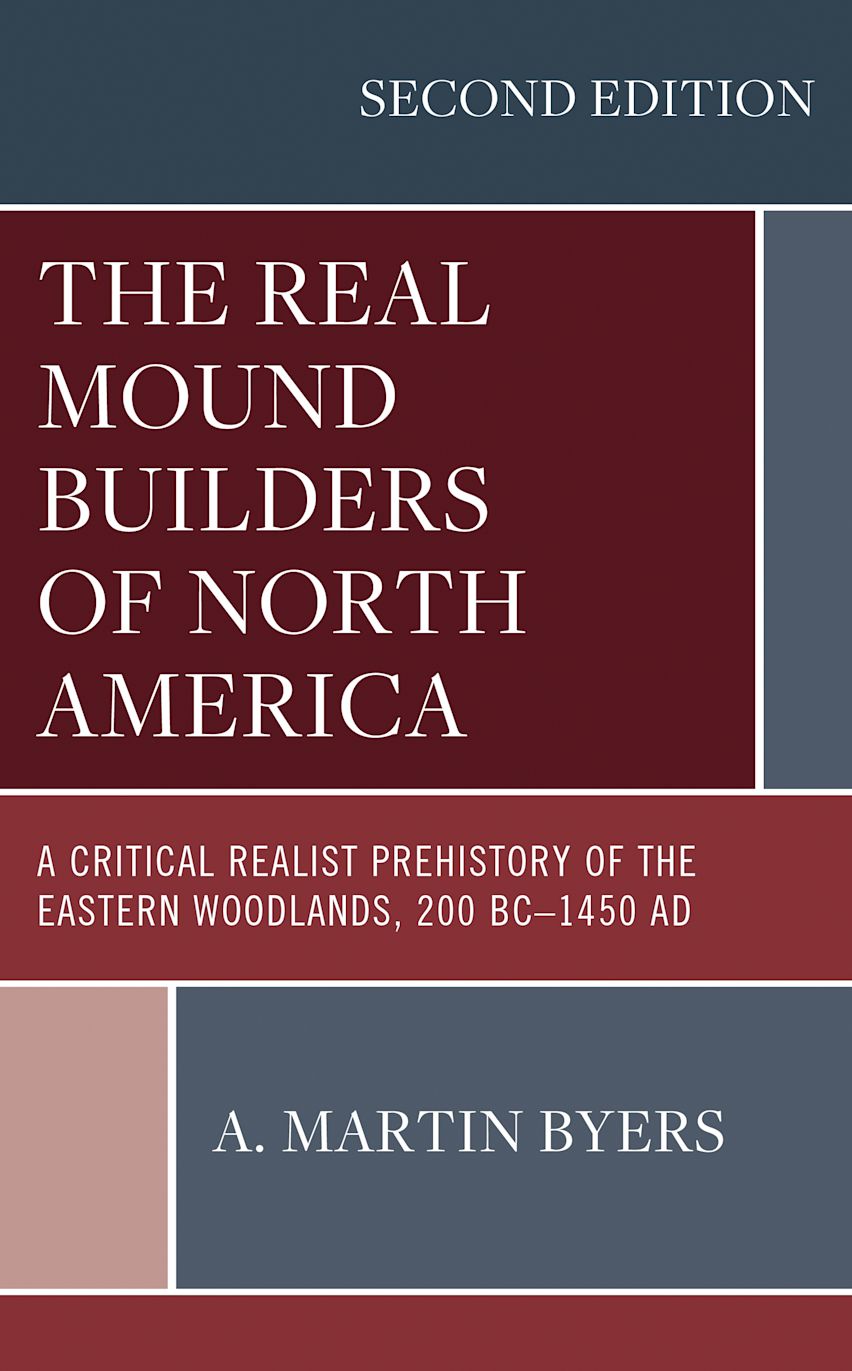The Real Mound Builders of North America
A Critical Realist Prehistory of the Eastern Woodlands, 200 BC–1450 AD
The Real Mound Builders of North America
A Critical Realist Prehistory of the Eastern Woodlands, 200 BC–1450 AD
This product is usually dispatched within 1 week
- Delivery and returns info
-
Free US delivery on orders $35 or over
Description
The Real Mound Builders of North America takes the standard position that the cultural communities of the Late Woodland period hiatus—when little or no transregional monumental mound building and ceremonialism existed—were the linear cultural and social ancestors of the communities responsible for the monumental earthworks of the unique Mississippian ceremonial assemblage, and further, these Late Woodland communities were the direct linear cultural and social descendants of those communities responsible for the great Hopewellian earthwork mounds and embankments and its associated unique ceremonial assemblage. Byers argues that these communities persisted largely unchanged in terms of their essential social structures and cultural traditions while varying only in terms of their ceremonial practices and their associated sodality organizations that manifested these deep structures. This continuist historical trajectory view stands in contrast to the current dominant evolutionary view that emphasizes abrupt social and cultural discontinuities with the Hopewellian ceremonial assemblage and earthworks, mounds and embankments.
Table of Contents
Chapter 2. The Warranting Imperative and Sacred Bundles
Chapter 3. The First Order Ohio Hopewellian Ceremonial Sphere and the Ross County, Ohio, Interface
Chapter 4. The Second Order Hopewellian Ceremonial Sphere: Illinois-Havana and Indiana-Crab Orchard
Chapter 5. The Late Prehistoric Period and the Dual Communal Heterarchy/Cult Sodality Heterarchy Model
Chapter 6. The Vacant Quarters and the Transition to the Post-Mississippian Era Late Prehistoric Period: An Empirical Demonstration
Chapter 7. The Late Prehistoric and Post-Mississippian Era Late Prehistoric Period: Communal Heterarchies of the Eastern Woodlands
Product details
| Published | Jan 08 2024 |
|---|---|
| Format | Hardback |
| Edition | 2nd |
| Extent | 332 |
| ISBN | 9781666901276 |
| Imprint | Lexington Books |
| Illustrations | 12 BW Illustrations, 1 Table |
| Dimensions | 9 x 6 inches |
| Publisher | Bloomsbury Publishing |
Reviews

ONLINE RESOURCES
Bloomsbury Collections
This book is available on Bloomsbury Collections where your library has access.

































